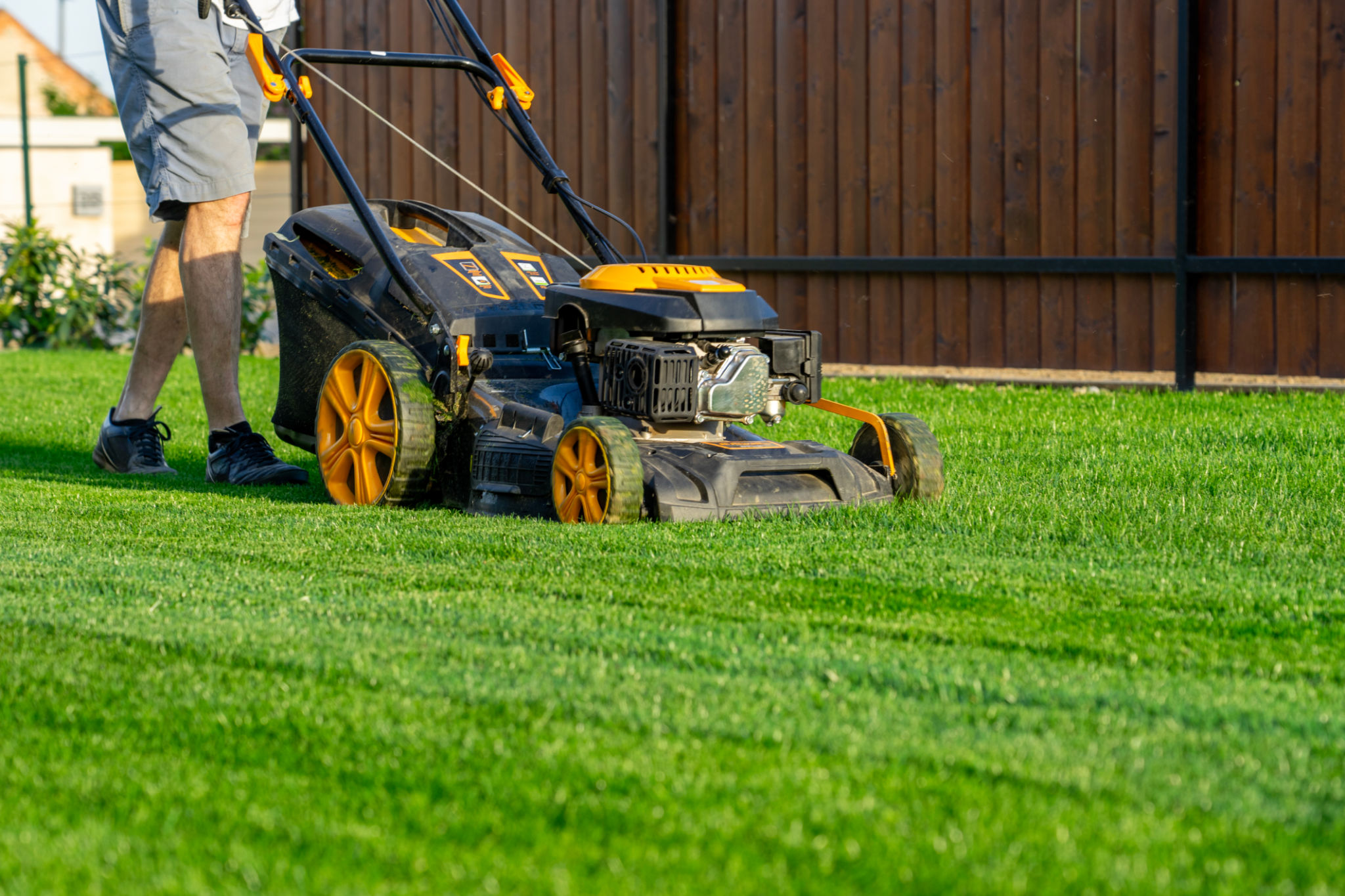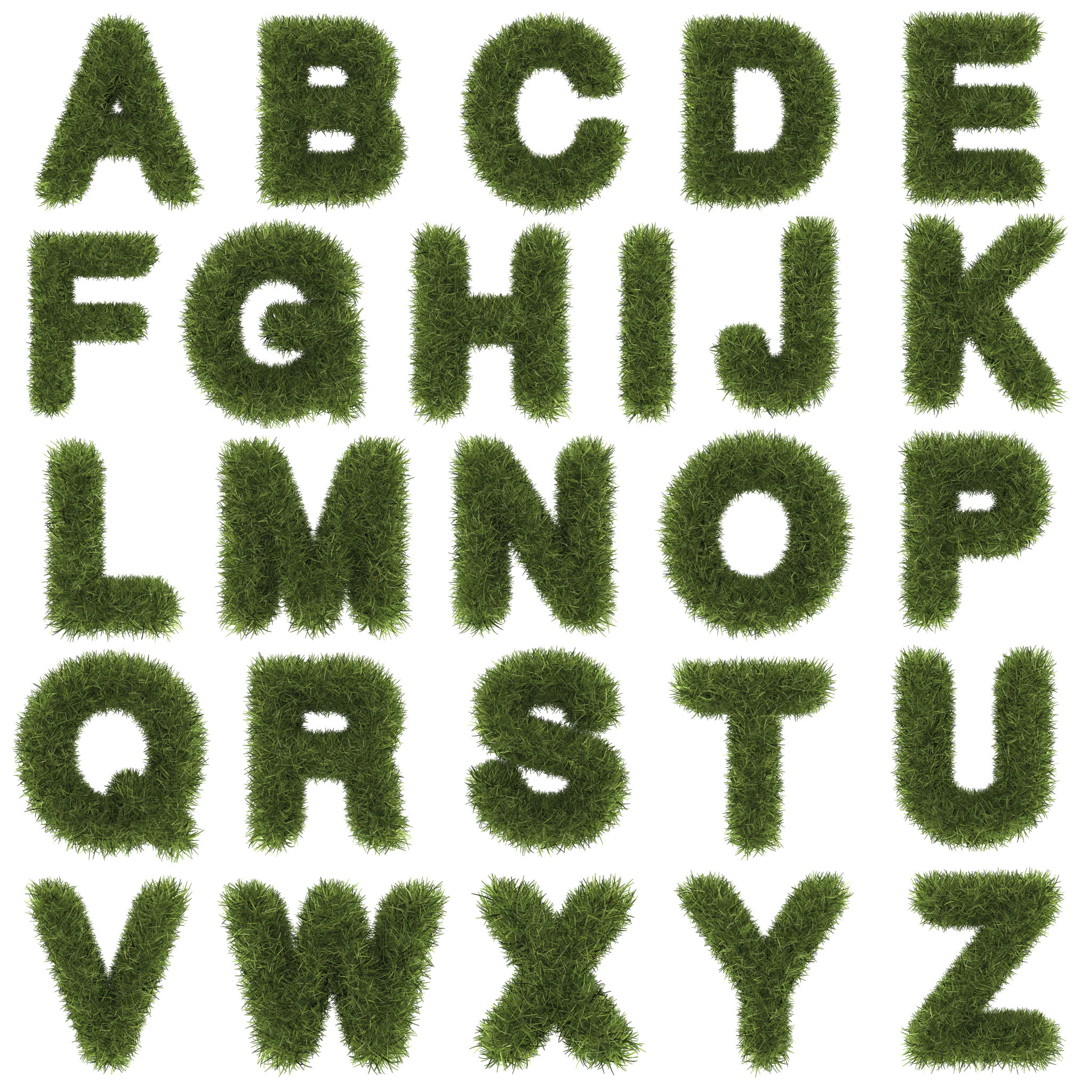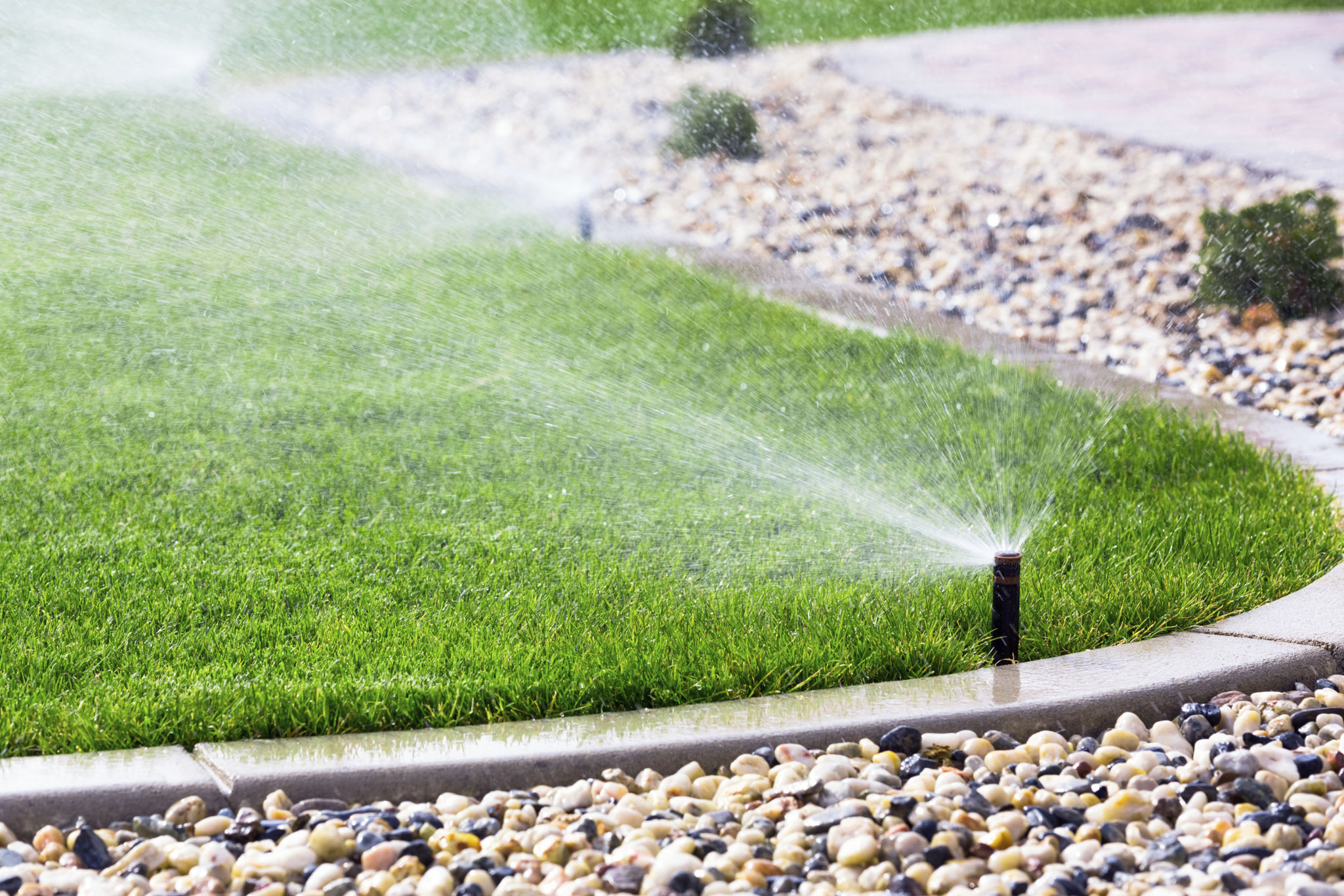DIY Lawn Care Tips: Maintaining a Healthy Yard in Jasper
Ro
Introduction to DIY Lawn Care
Maintaining a lush, green lawn in Jasper can be a rewarding yet challenging task. The key to a vibrant lawn lies in understanding the specific needs of your grass and the local climate. With some basic knowledge and a bit of effort, you can transform your yard into a beautiful space without having to rely on professional services.

Understanding Your Grass Type
The first step in effective lawn care is identifying the type of grass you have. Different grasses thrive under different conditions. Common types found in Jasper include Kentucky Bluegrass, Ryegrass, and Tall Fescue. Each variety requires specific care, so tailor your approach accordingly.
Warm vs. Cool-Season Grasses
Jasper's climate allows for both warm and cool-season grasses. Cool-season grasses like Kentucky Bluegrass are ideal for spring and fall, while warm-season grasses such as Bermuda thrive in the hot summer months. Knowing your grass type helps in scheduling the appropriate maintenance activities.

Proper Watering Techniques
Water is essential for a healthy lawn, but it's crucial to water effectively. Instead of frequent light watering, aim for deep watering sessions that encourage roots to grow deeper into the soil. This practice not only conserves water but also enhances drought resistance.
When to Water
The best time to water your lawn is early in the morning. This reduces evaporation and allows the grass to absorb moisture before the day's heat sets in. Avoid watering at night as it can lead to fungal diseases due to prolonged moisture on the blades.

Fertilization Strategies
Fertilizing your lawn provides essential nutrients that promote growth and resilience. In Jasper, it's advisable to fertilize during the growing seasons—spring and fall for cool-season grasses, and late spring through summer for warm-season varieties.
Choosing the Right Fertilizer
Select a balanced fertilizer with equal parts nitrogen, phosphorus, and potassium for general use. For tailored results, consider a soil test to identify specific nutrient deficiencies and adjust your fertilization strategy accordingly.

Mowing Best Practices
Mowing is not just about keeping grass short; it's about maintaining its health. Keep your mower blades sharp to ensure clean cuts and prevent grass disease. Follow the “one-third rule” by never cutting more than one-third of the grass height at a time to avoid stressing your lawn.
Mowing Frequency
The frequency of mowing depends on your grass type and growth rate. During peak growing seasons, you may need to mow once a week, while in slower periods, bi-weekly mowing might suffice. Adjust your schedule based on growth patterns rather than a fixed calendar.

Weed and Pest Control
Weeds and pests can quickly take over if not managed properly. Regularly inspect your lawn for signs of unwanted plants or insect activity. Manual removal, proper mowing techniques, and natural predators can help keep these issues in check without excessive chemical use.
Natural Control Methods
Consider natural control methods like introducing beneficial insects or using organic herbicides. These options are eco-friendly and help maintain the health of your lawn without introducing harmful chemicals into the environment.
By following these DIY lawn care tips, you can enjoy a healthy, beautiful yard in Jasper all year round. With careful planning and consistent effort, you're well on your way to creating an outdoor space that you can be proud of.
